There are asteroids and there are comets. But there’s an entirely separate class of objects called centaurs. But instead of half-human, half-horse, imagine an object that’s half comet, half asteroid but 100% interesting.
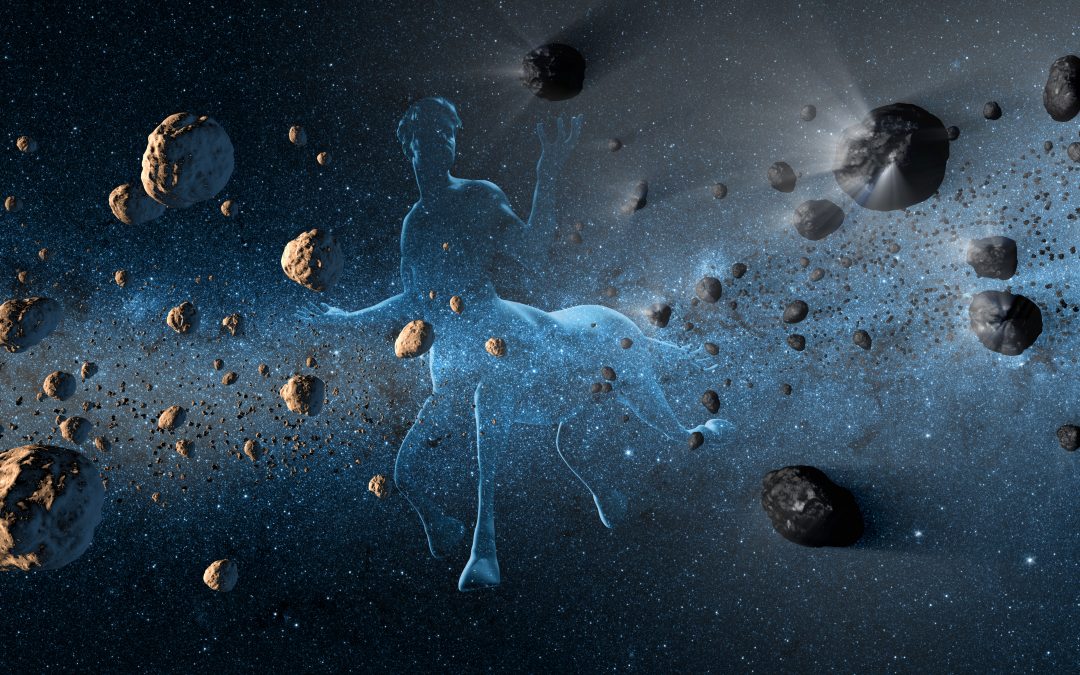

There are asteroids and there are comets. But there’s an entirely separate class of objects called centaurs. But instead of half-human, half-horse, imagine an object that’s half comet, half asteroid but 100% interesting.
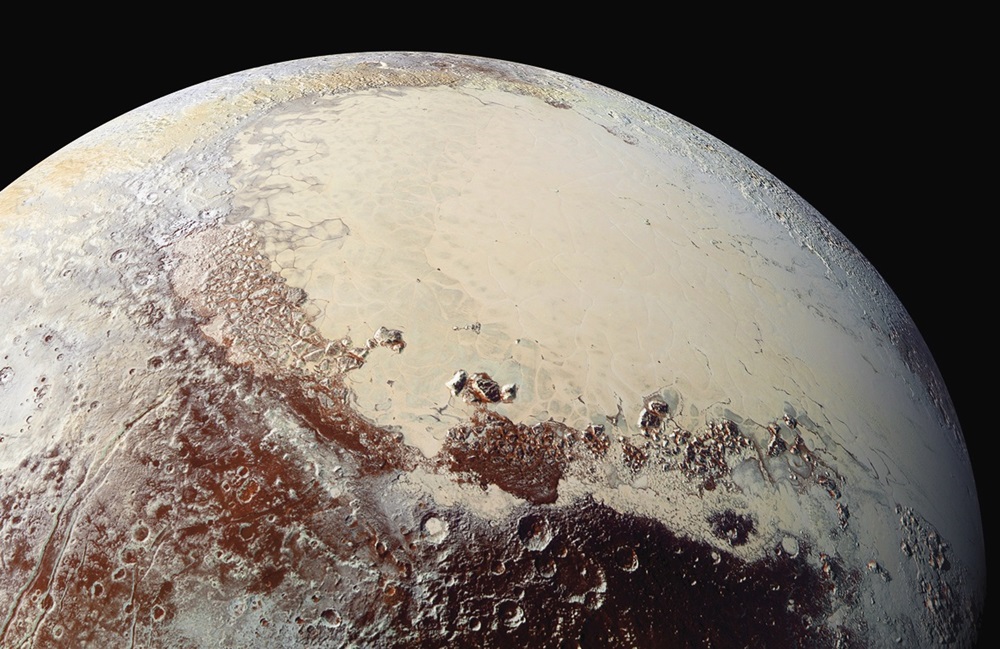
Astronomy Cast more than 600 episodes ago. Are there any updates? Does Pluto have a chance of regaining planethood again?
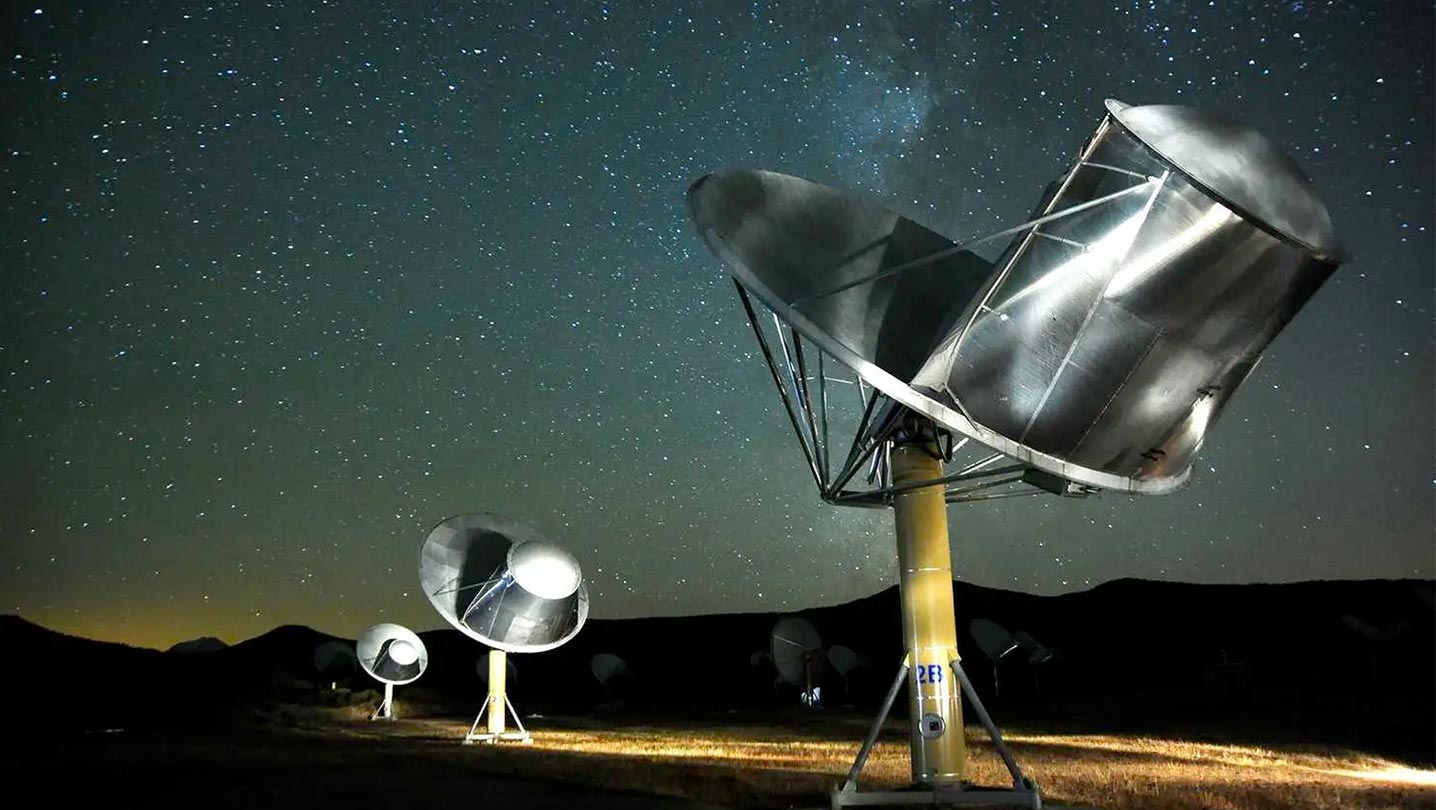
Last week we talked about the various ways that astronomers could detect the presence of intelligent civilizations by observing technosignatures. This week we’ll give you an update on the state of searching for extraterrestrials. This field has gone from a collection of pariahs to a completely legitimate field of research. What’s changed?
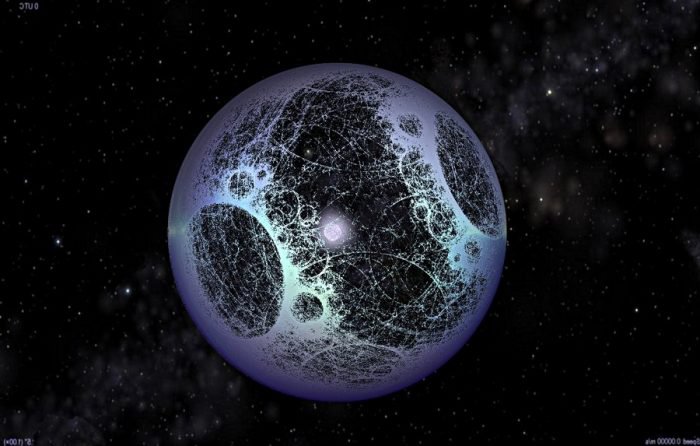
Last week we talked about what it’s going to take to confirm basic biological life across the Solar System and the Milky Way. This week, we’ll discuss what it’s going to take to detect intelligent life out there in space.
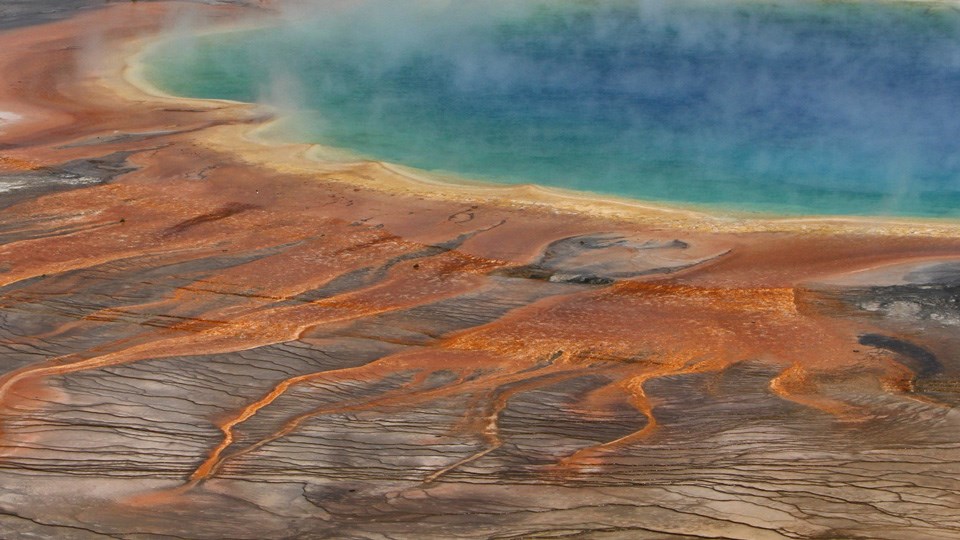
Are we alone in the Universe? It’s one of the biggest scientific questions we can possibly ask. And yet, with rovers on Mars, missions planned to visit Europa and Ganymede. Powerful telescopes able to detect the atmospheres of exoplanets, we’re closer than ever to finding out the answer.
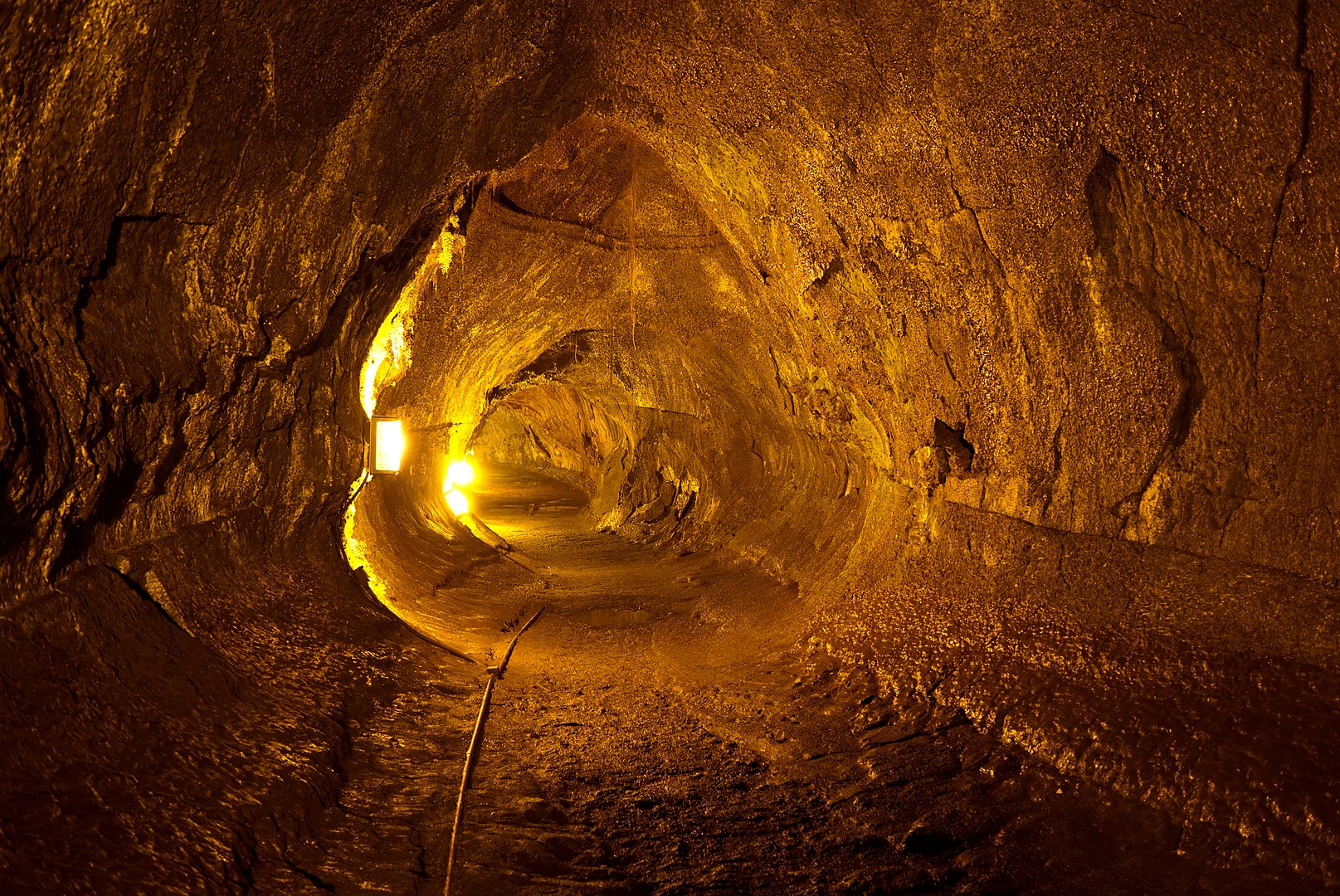
Volcanoes can be some of the worst natural disasters we can experience here on Earth, but life wouldn’t even exist without them. What are volcanoes good for anyway?
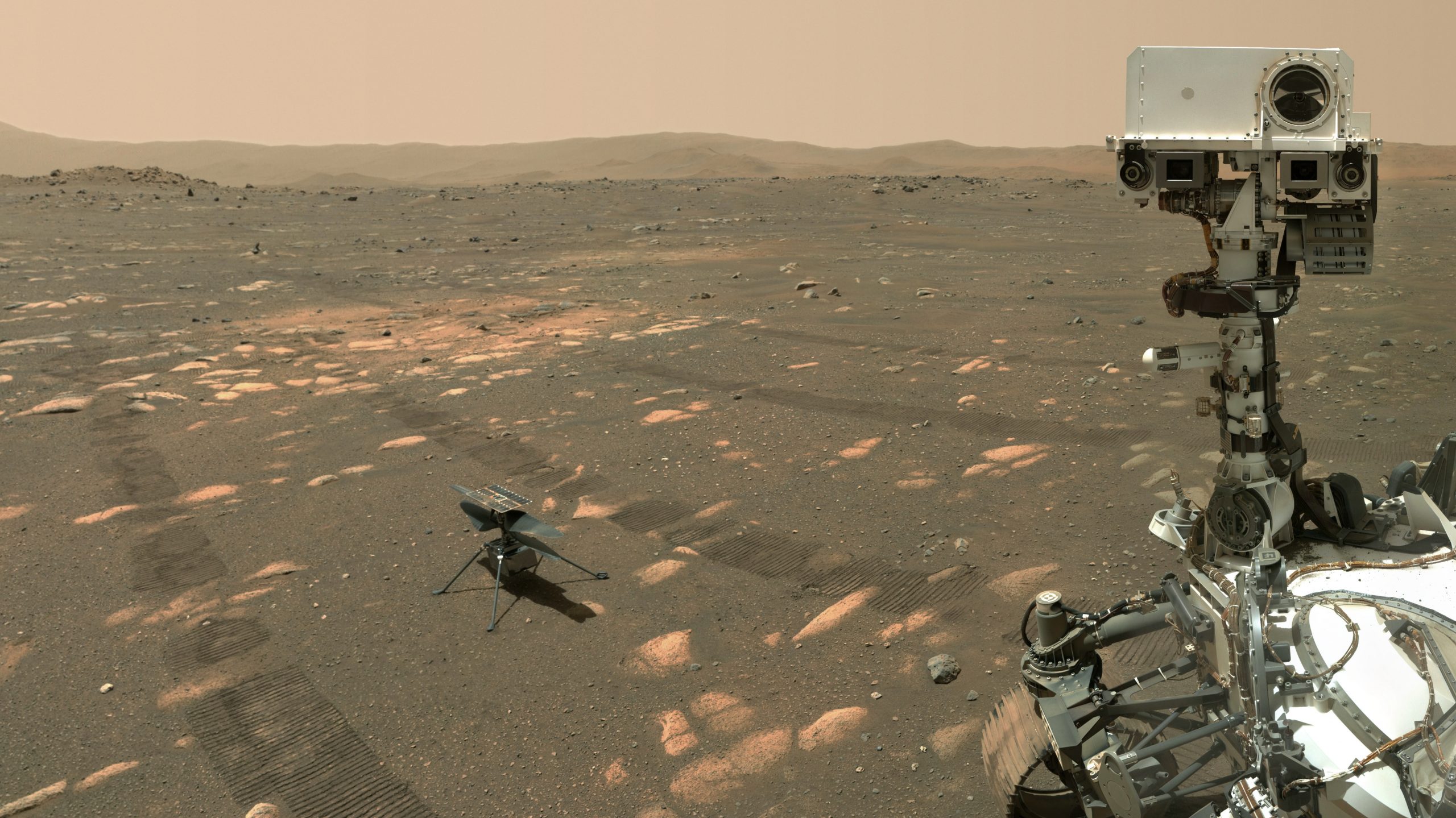
As you all know, Pamela refuses to talk about any missions which aren’t actually doing science. Well, Perseverance has crossed the line, from fantasy to an actual working rover, scooping regolith and yeeting helicopters. What has the rover accomplished in its first 100 days?
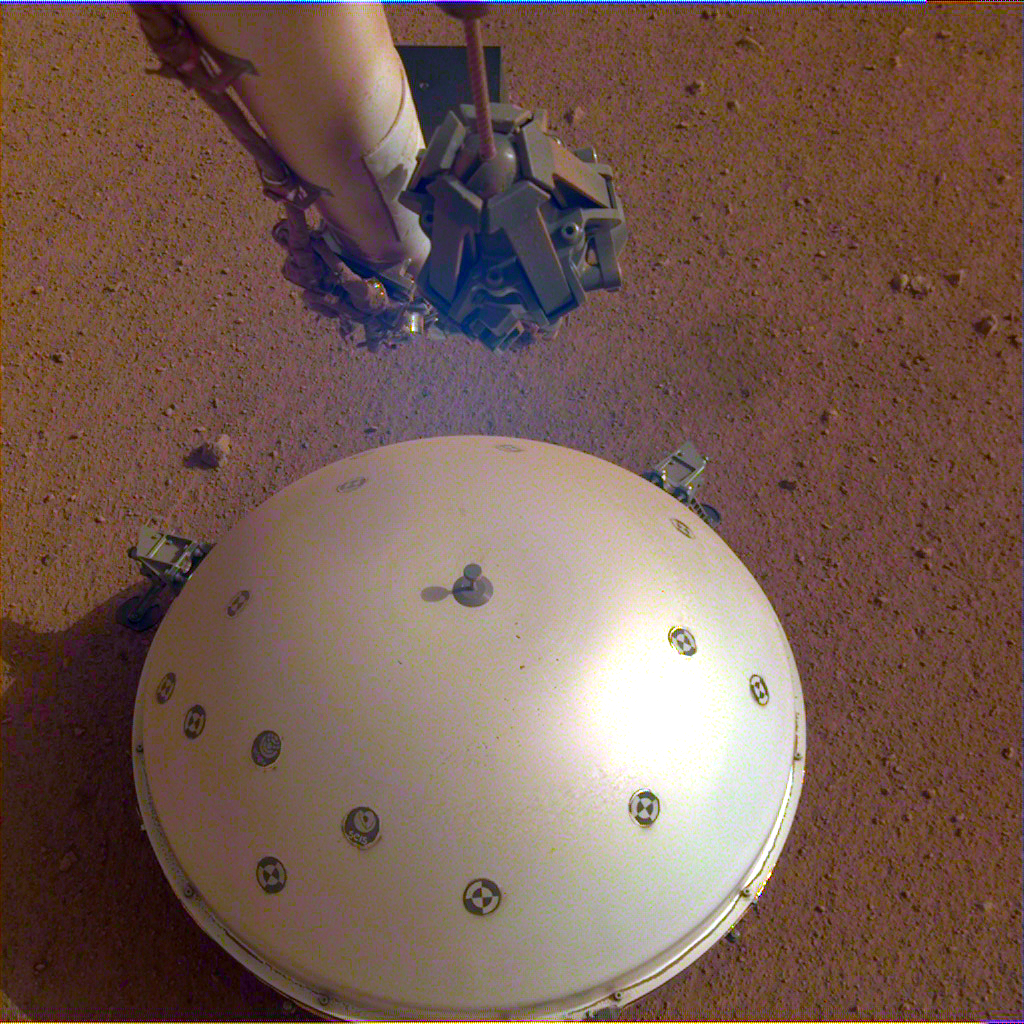
Mars is cold and dead today, but the massive volcanoes tell us what the planet used to be like, millions and even billions of years ago. But how volcanically active is the planet today? That’s what NASA’s Mars InSight lander is there to figure out.

Have you ever wanted to be a time traveler? Good news! You’re time traveling right now. Into the future at one second per second. Too long? Don’t want to wait? Good news, Einstein’s got you covered. Today, let’s talk about the weird world of time dilation.
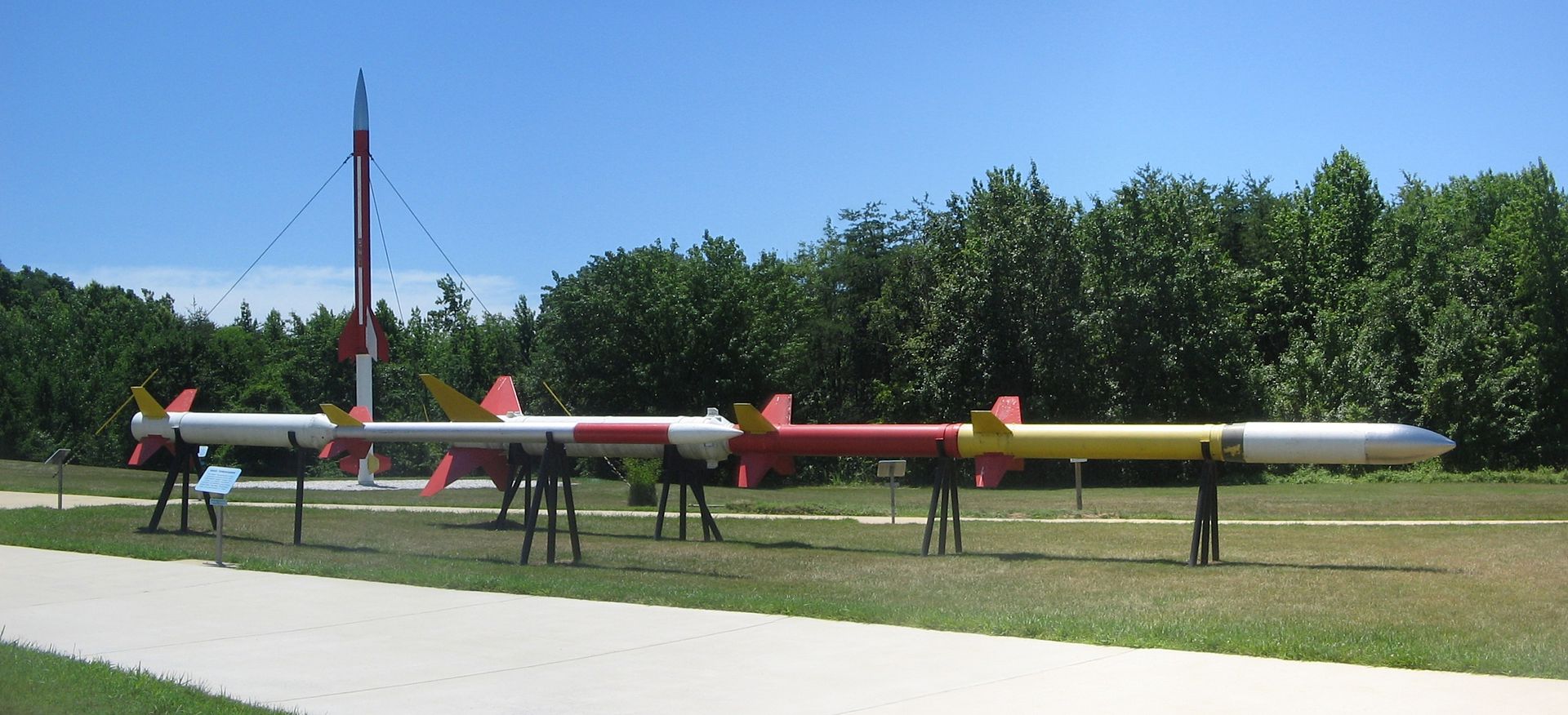
Last week we talked about balloon-based astronomy. This week we’re going to talk about putting balloons on rockets and making observations mid-flight. Welcome to the world of sounding rockets.
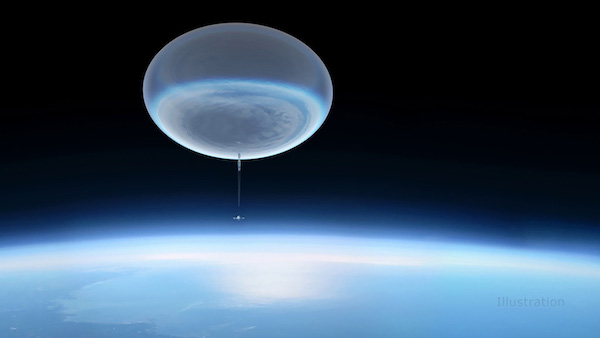
When you think about the world’s observatories, I’m sure you’re imagining huge telescopes perched atop mountain peaks, or space telescopes like Hubble. But you might be surprised to learn that some telescopes are carried high into the atmosphere on board balloons. What can they accomplish?
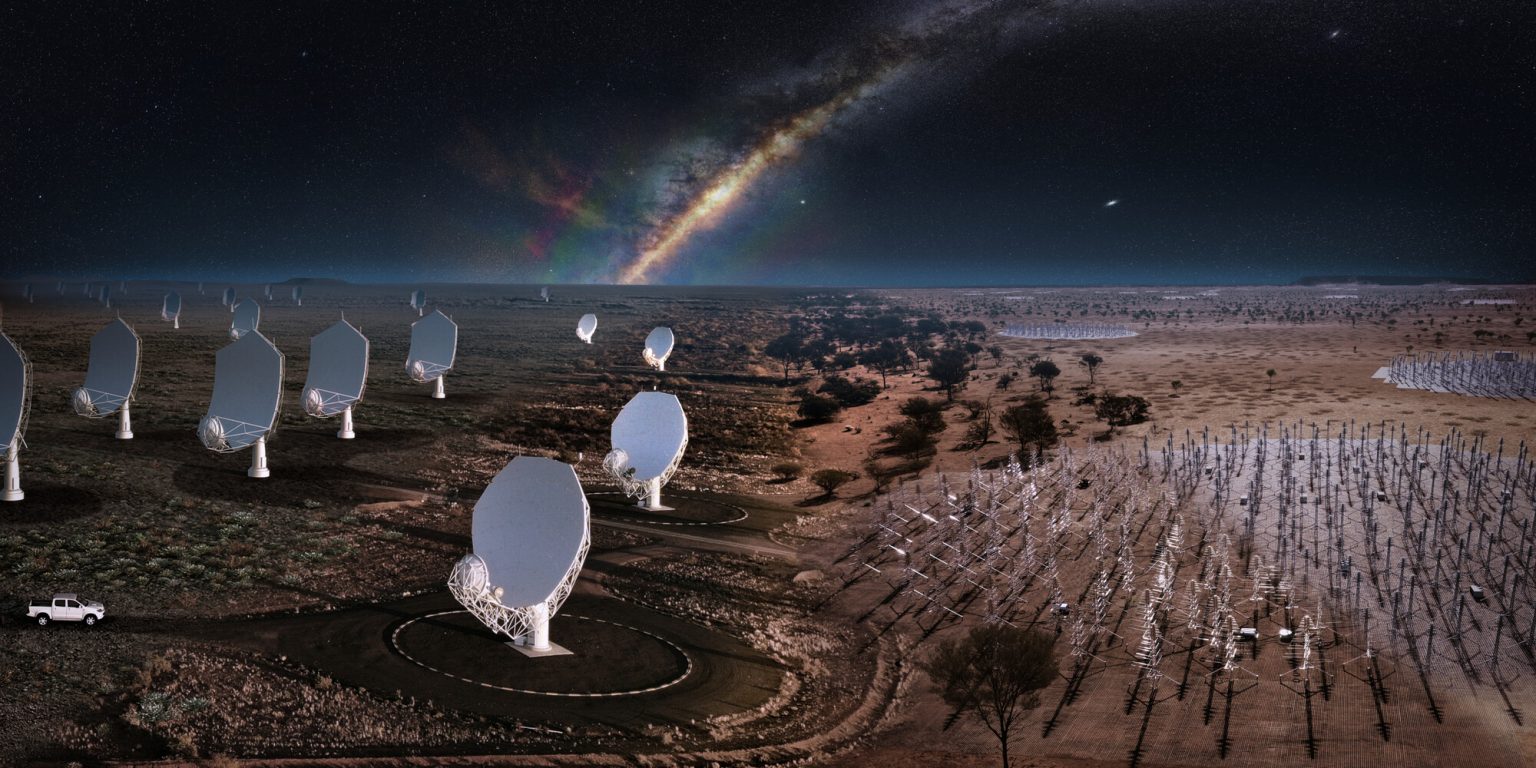
Last week we talked about how new telescopes and techniques are allowing astronomers to explore the shortest wavelengths of light. This week, we go to the other end of the electromagnetic spectrum, and explore the longer radio waves which are now accessible to astronomers.
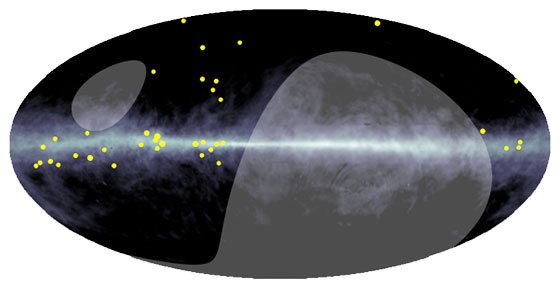
The Earth’s atmosphere protects us from a Universe that’s trying to kill us, but it also blocks our view of the extreme cosmos, like seeing x-rays and gamma radiation. Space telescopes are changing our view of the most extreme events in the Universe.
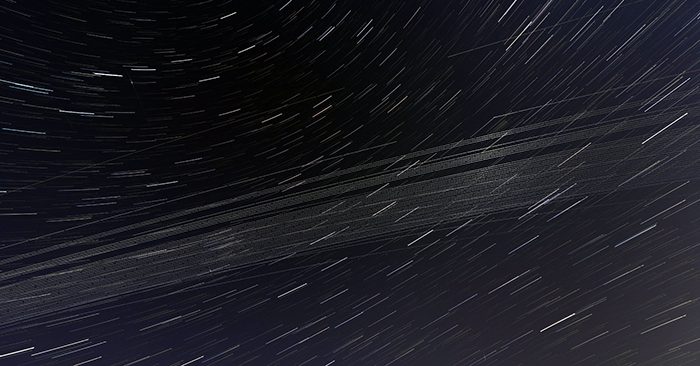
Day by day, we’re losing our connection with the night sky. Already 1/3rd of humanity lives in so much light pollution that they can’t see the Milky Way without a drive. And now satellite constellations are adding additional light pollution, even in the darkest skies on Earth.
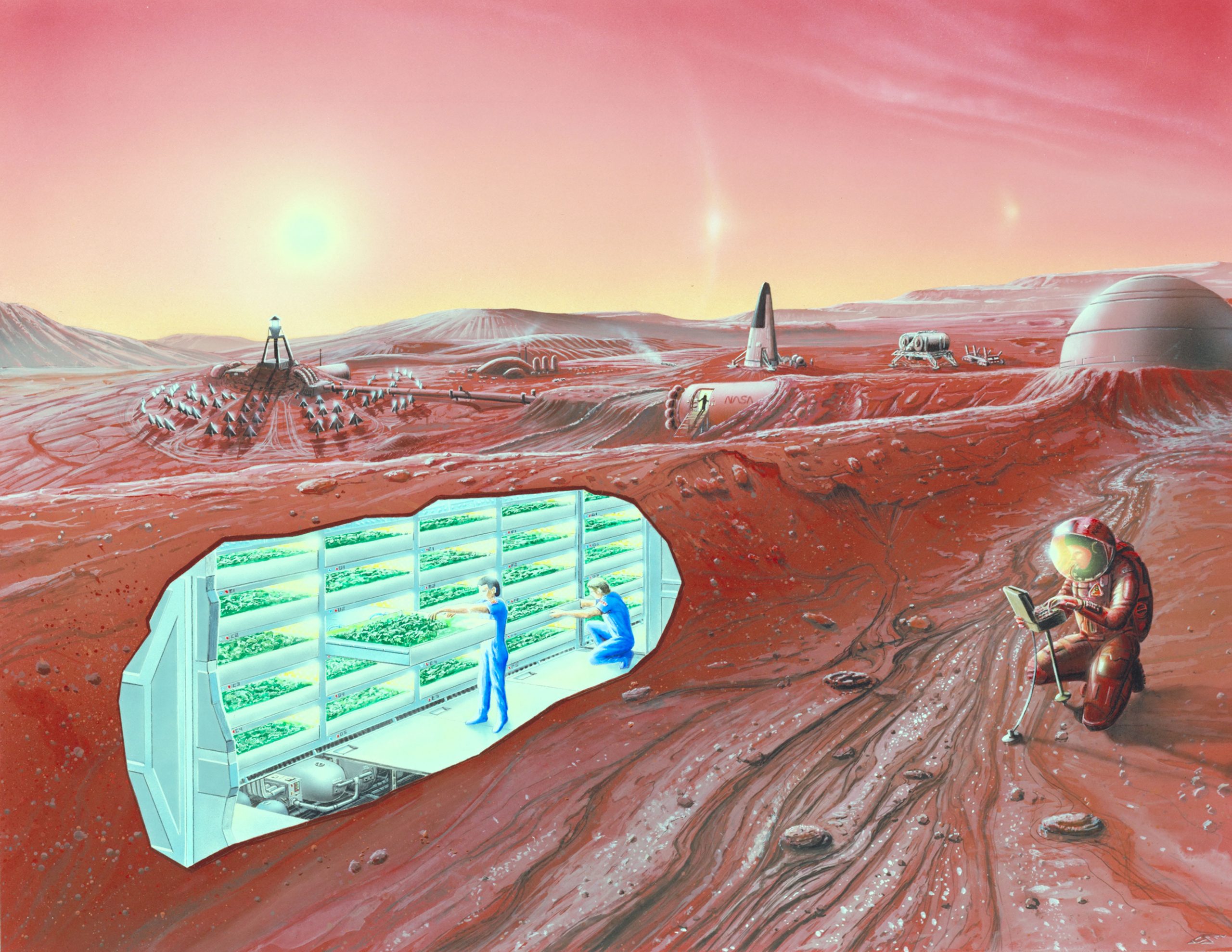
Today, we gaze into the future of space and astronomy. What upcoming missions and events are we excited about?
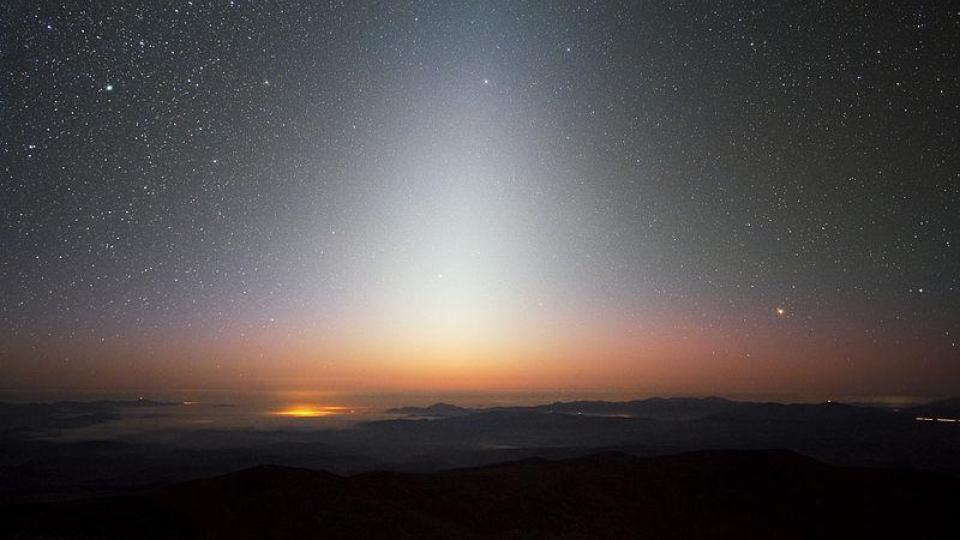
Pamela has told us in the most flowery terms about the diffuse dust across inner solar system. Leftover from the formation the inner planets. Well, it turns out, she was wrong. Super wrong. Time to update.
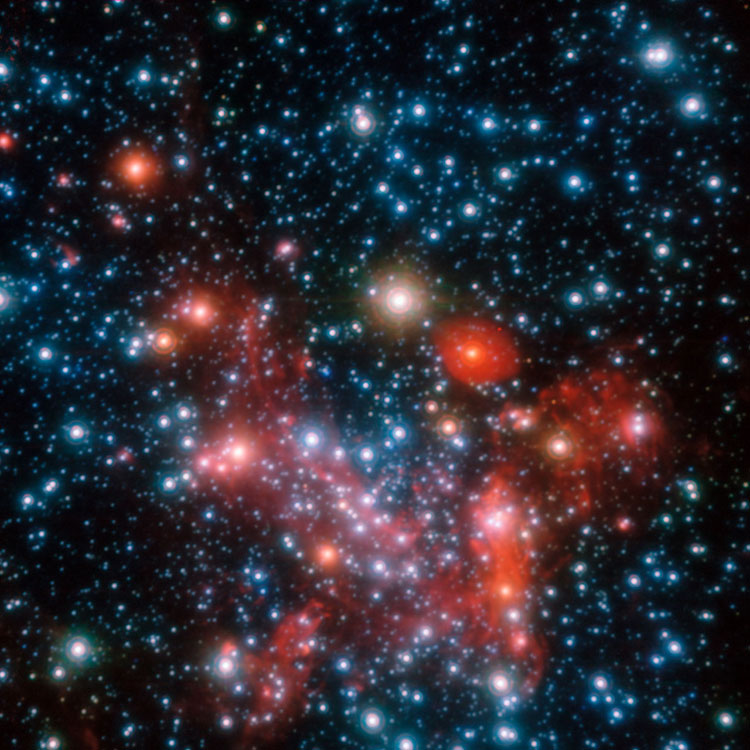
You’ve probably heard of dark matter and dark energy, but maybe you don’t fully understand what they are. Or maybe the idea itself just rubs you the wrong way and you’d like to know why scientists think they can just make stuff up like this. So you’d like to overturn cosmology? Here’s all you need to do.
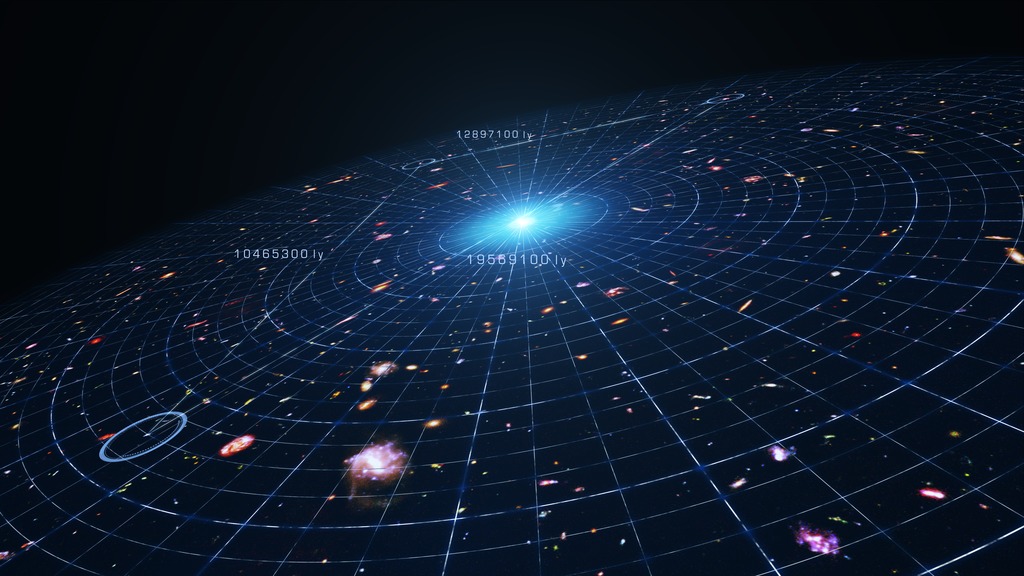
It’s been a while since we checked to make sure the Universe was still expanding. Yeah, apparently, that’s still a thing. But in the last few years powerful new telescopes and expansive surveys have given us much more knowledge about what’s happening.
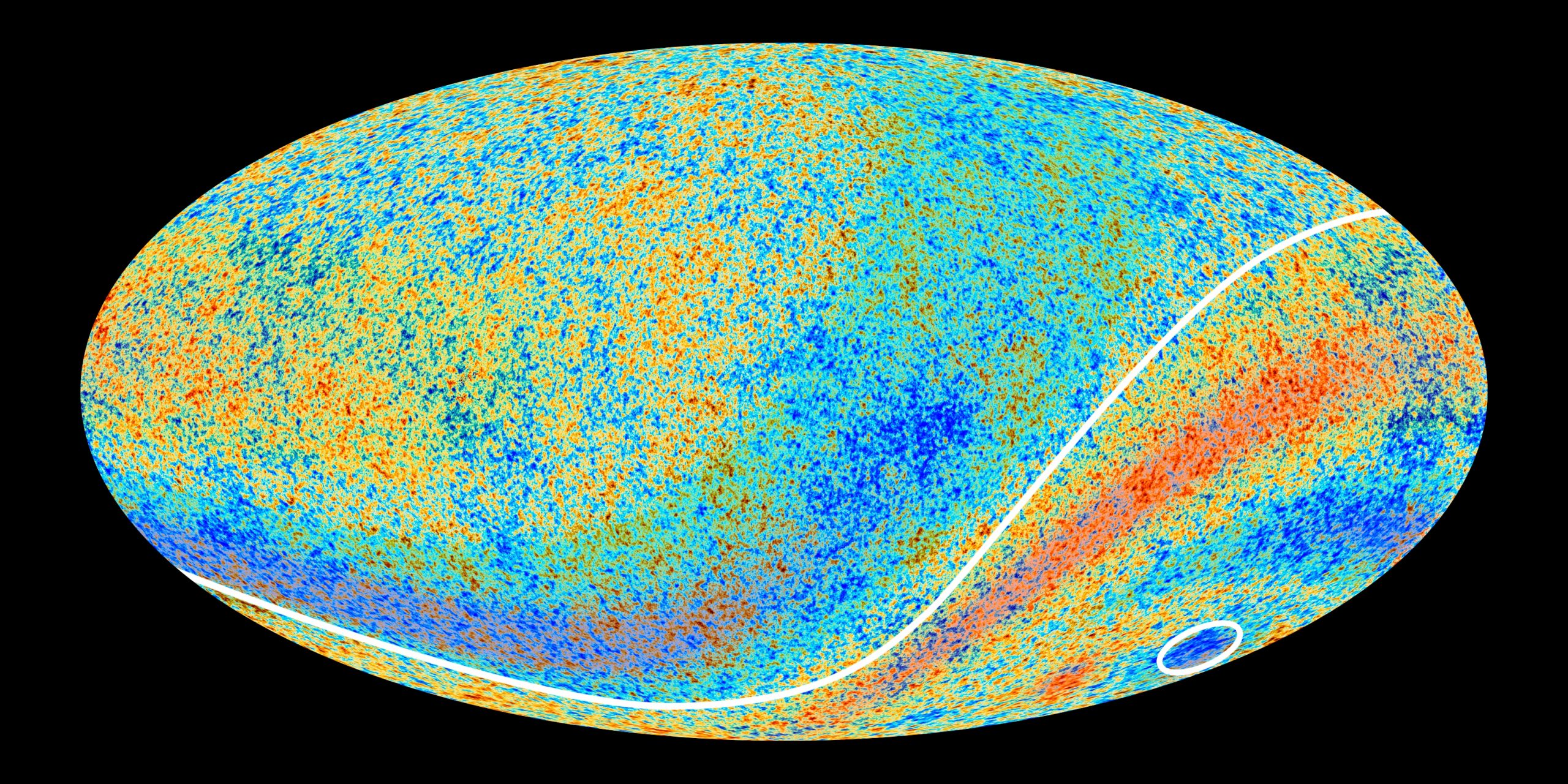
You might be familiar with the cosmic microwave background, but that’s just one of the background radiations astronomers look at. Some are well known and cataloged, while others are just starting to be possible to see. All of them tell us more about our Universe.
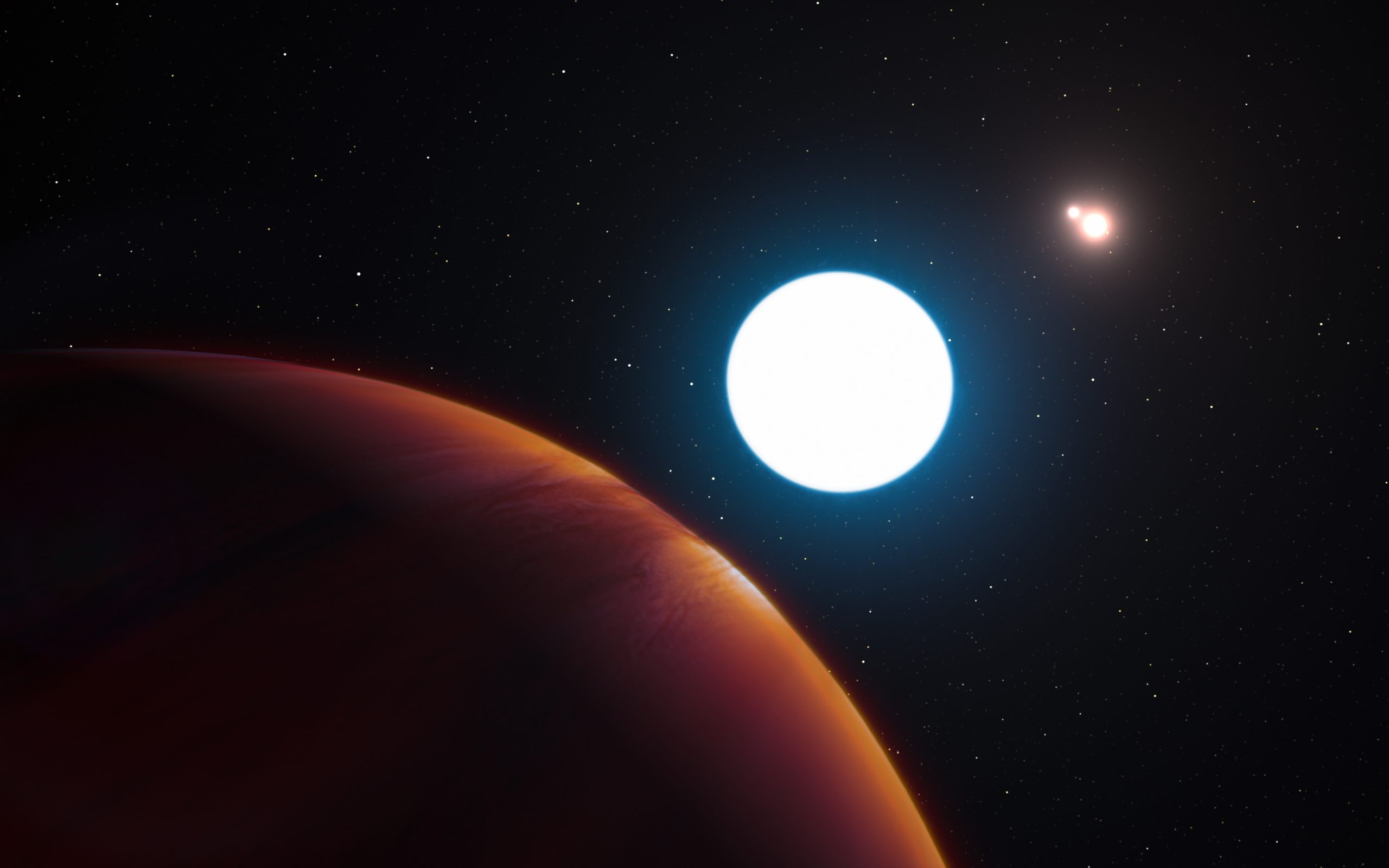
This is going to be another one of those evergreen topics, where we come back to again and again. Finding planets. Every time we talk about this now, it seems like we’ve gained thousands of new planets. Well buckle up, new techniques will grow that by tens of thousands and even millions.
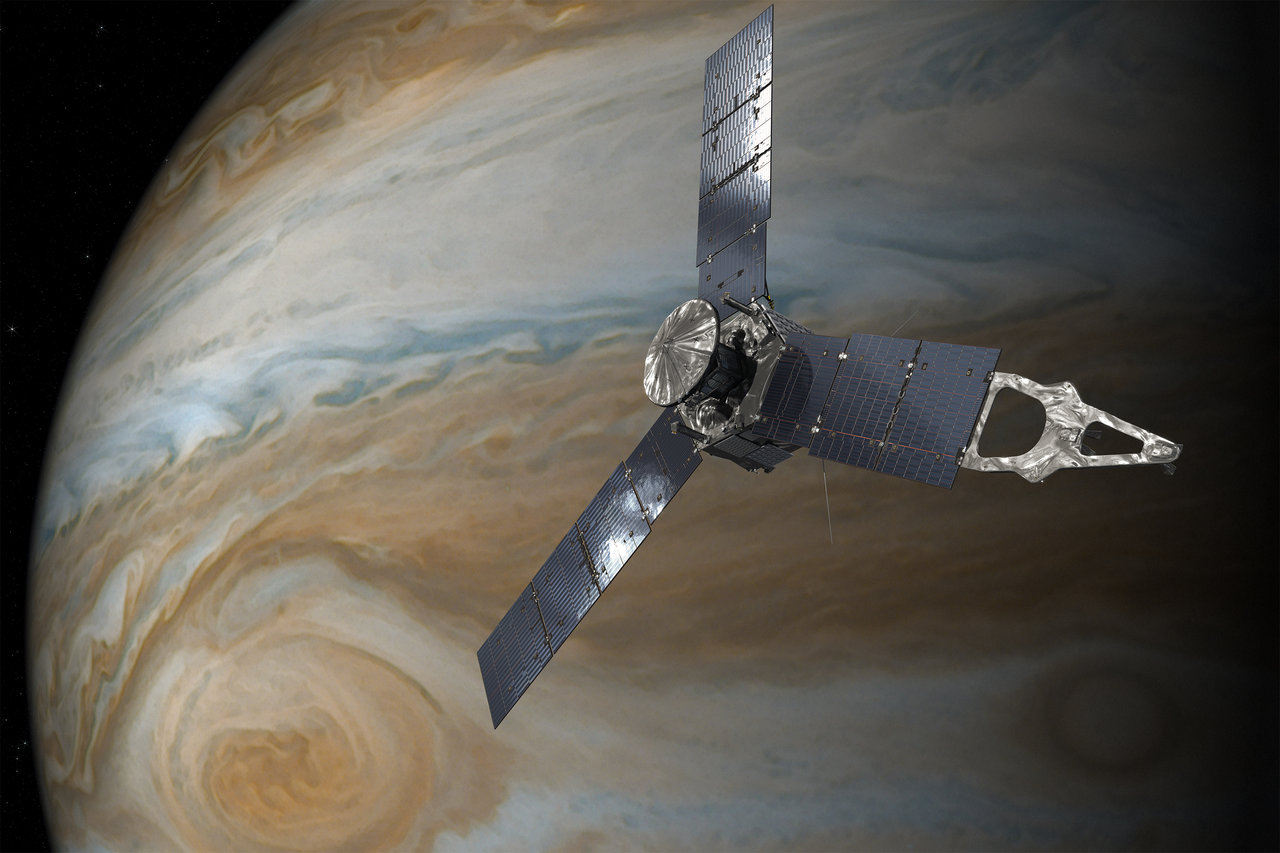
Pamela’s always loathed to talk about spacecraft until the mission’s in space and the science is rolling. NASA’s Juno mission just received a mission extension, adding Jupiter’s moons to the menu. Now, finally, we can talk about Juno.
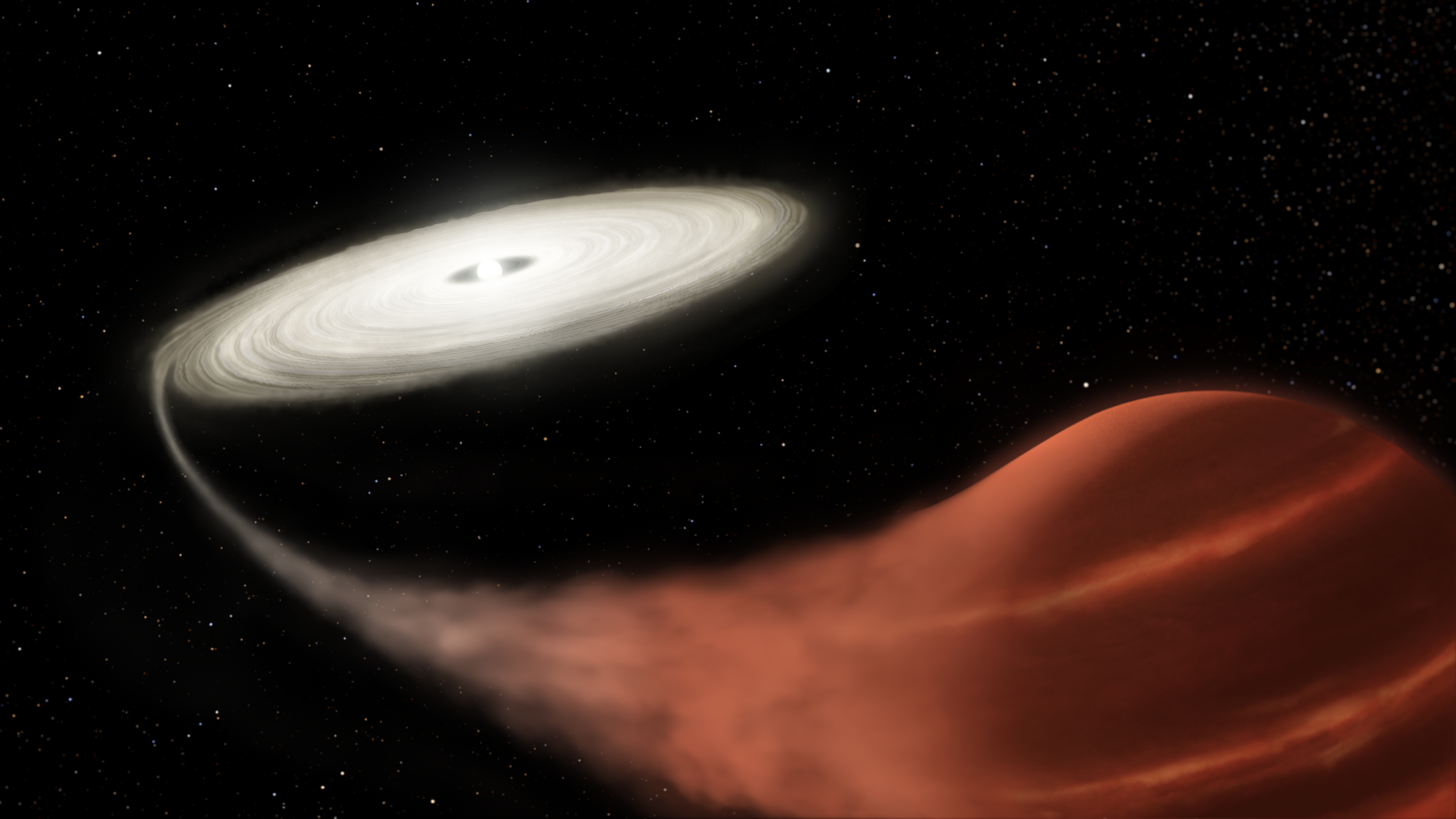
Stars often come in groups of two or more. And if they’re orbiting close enough to each other, one star can feast on the other. And when that happens, well, mayhem ensues.
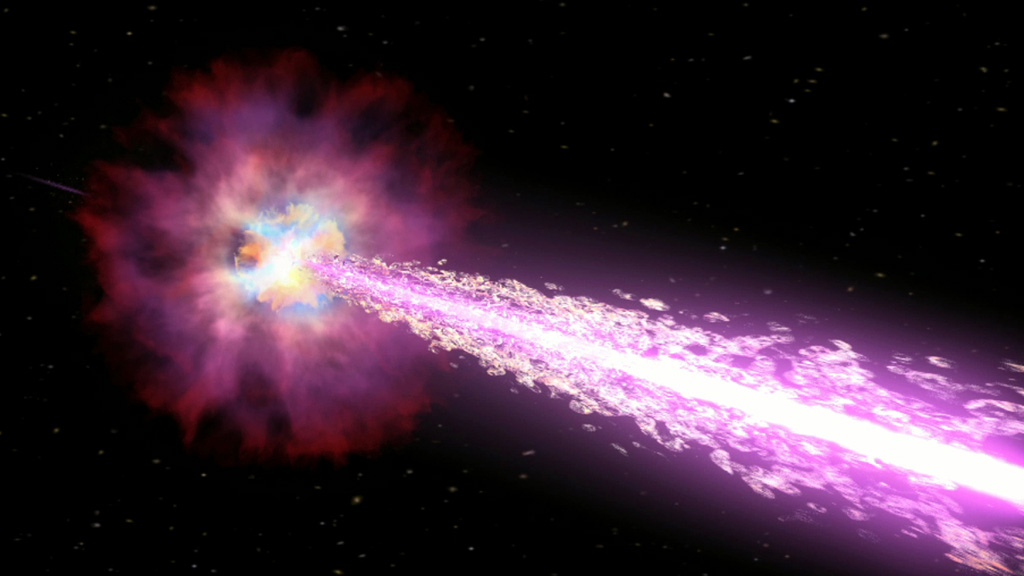
Some of the most powerful explosions in the Universe are gamma ray bursts, capable of blasting a beam of death halfway across the galaxy. In just the last few years, astronomers have discovered a tremendous amount about these blasts, and what’s actually causing them. The answer, of course, is that it’s more complicated than we thought.
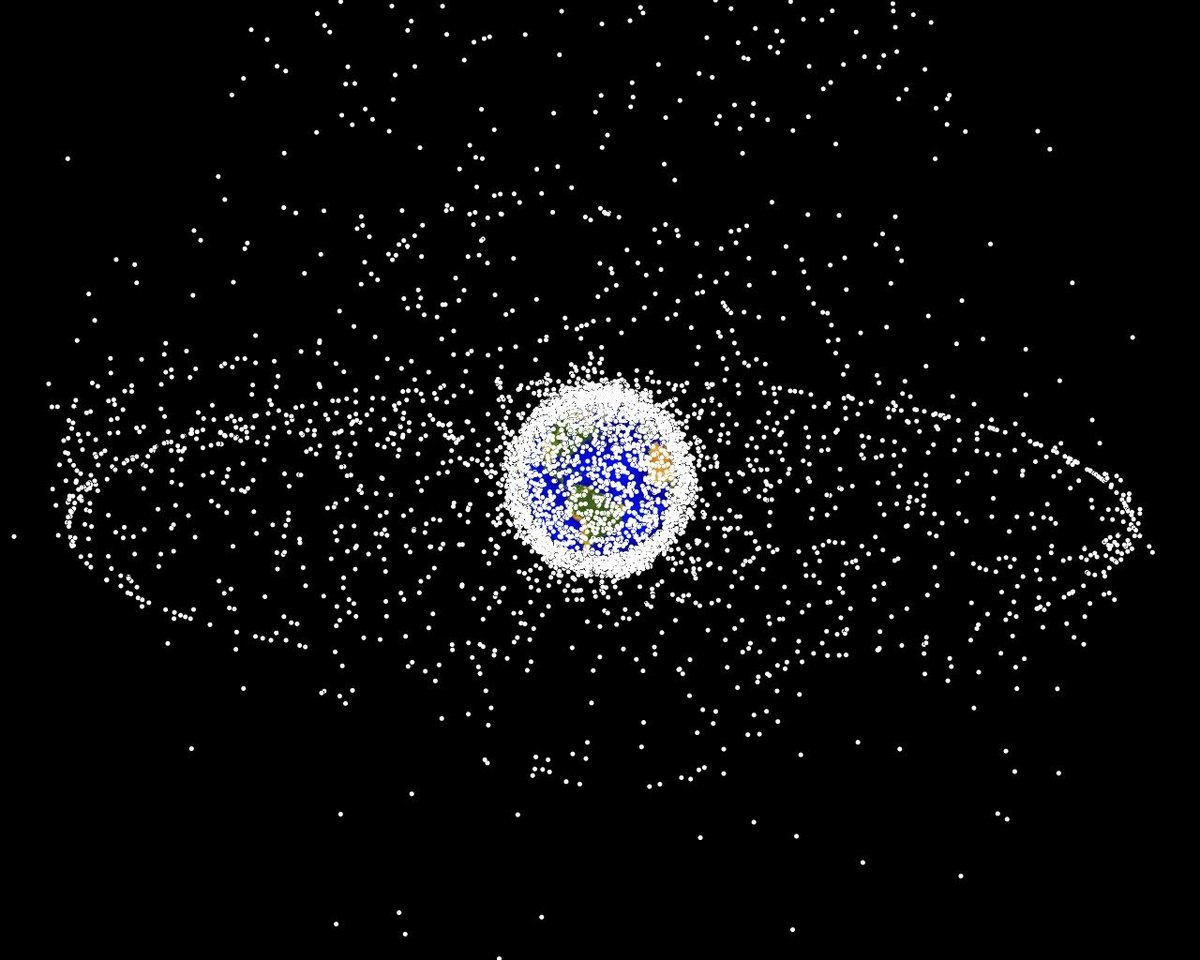
Remember the good old days, where there were only a few thousand living and dead satellites? Those days are long over. We’re now entering an era where there will be tens of thousands of satellites, not to mention the spent rocket boosters and other space junk. What kind of a risk do we face and what can be done about it?
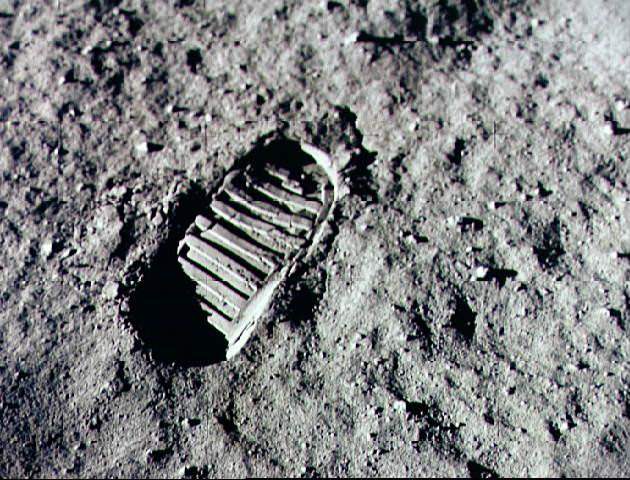
2024 can’t come soon enough. You know, that’s the year when humans will set foot on the Moon again. Don’t you roll your eyes. That’s the plan. Well, unless the plan changes. But my point is, explorers going to the Moon will need to be concerned about all kinds of hazards, like dust, radiation and gigantic moon worms.